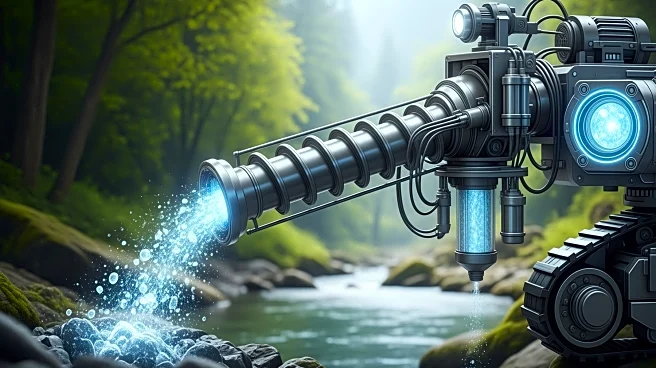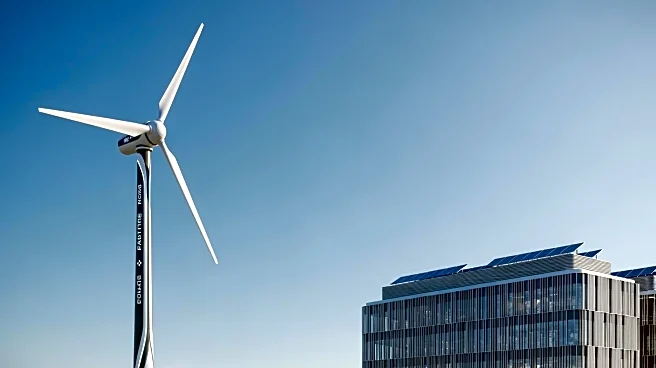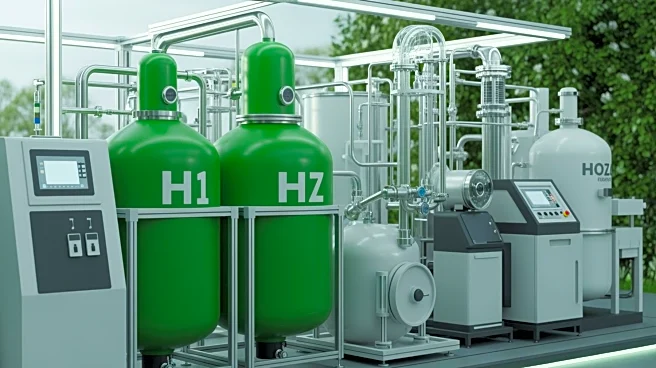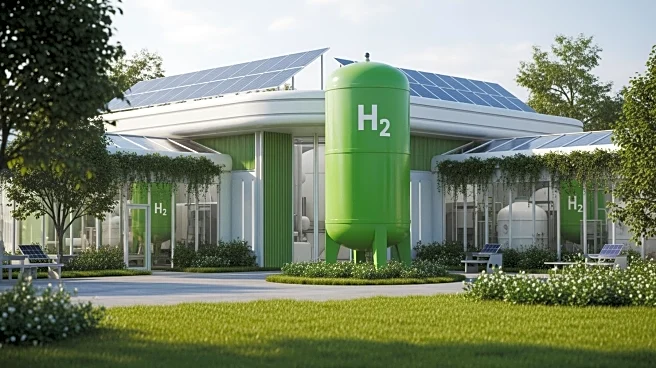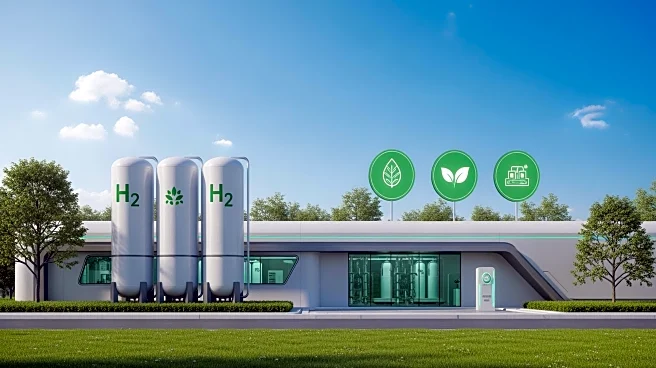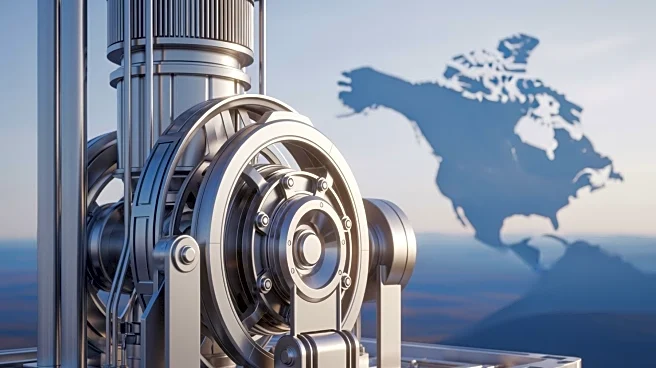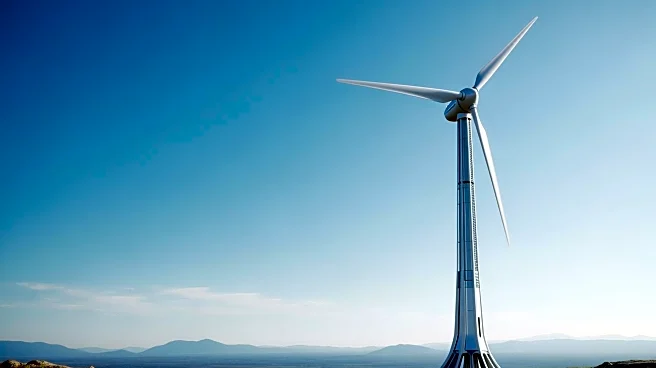What's Happening?
Recent advancements in mining technology are addressing the longstanding issue of metal contamination, which has historically resulted from traditional mining practices. These practices have led to significant environmental damage, such as the contamination of Spain's
Mar Menor lagoon with heavy metals like lead, zinc, and copper. Newer methods, including bioleaching and in-situ leaching, utilize microorganisms and chemical solutions to extract metals without the need for destructive excavation. These techniques aim to minimize toxic effluents and landscape disturbance. Additionally, advanced water treatment and recycling technologies are being implemented to reduce water consumption and prevent the release of polluted water into the environment. These innovations are part of a broader effort to make mining more sustainable and less harmful to ecosystems and human health.
Why It's Important?
The shift towards more sustainable mining practices is crucial for reducing the environmental and health risks associated with metal contamination. Traditional mining methods have been linked to long-term pollution, affecting soil, water, and local communities. By adopting cleaner technologies, the mining industry can significantly lower its ecological footprint, protect biodiversity, and ensure safer conditions for nearby populations. Companies like Newmont Corporation and Rio Tinto are leading the way in implementing these technologies, which not only improve metal recovery but also align with global sustainability goals. This transition is vital for meeting the increasing demand for metals while safeguarding the environment.
What's Next?
As these new technologies gain traction, further research and development are expected to enhance their efficiency and cost-effectiveness. The mining industry may see increased collaboration with environmental organizations and governments to establish regulations that support sustainable practices. Additionally, ongoing monitoring and adaptation of these technologies will be necessary to address any unforeseen environmental impacts. The success of these initiatives could set a precedent for other industries to follow, promoting a broader shift towards environmentally responsible resource extraction.
Beyond the Headlines
The adoption of sustainable mining technologies also raises ethical considerations regarding the balance between economic growth and environmental preservation. As industries strive to meet resource demands, the challenge lies in ensuring that technological advancements do not come at the expense of ecological integrity. Furthermore, the integration of artificial intelligence and renewable energy in mining operations could revolutionize the industry, leading to more efficient and less invasive extraction methods. These developments highlight the potential for technology to drive positive change in traditionally polluting industries.
